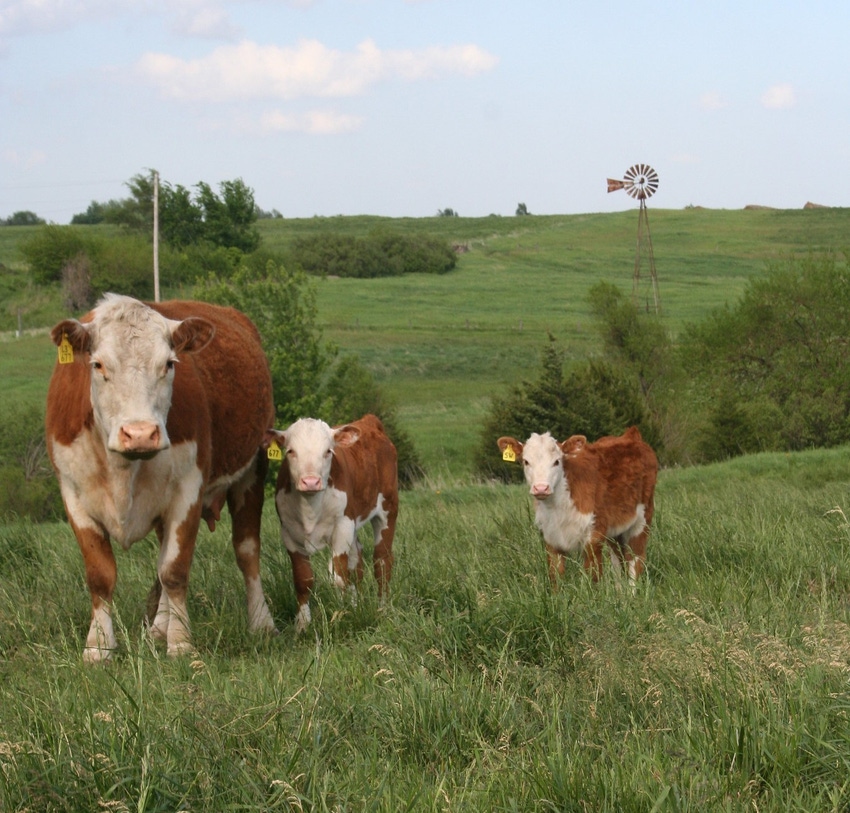Trick Variables to Take Into Consideration When Choosing Livestock Threat Defense (LRP) Insurance Policy
When reviewing options for Animals Threat Security (LRP) insurance, several vital elements necessitate careful consideration to make certain effective danger monitoring in the agricultural market. Picking the right protection alternatives tailored to your particular animals procedure is vital, as is understanding exactly how superior prices correlate with the level of security used.
Insurance Coverage Options
When taking into consideration Animals Threat Defense (LRP) insurance, it is vital to recognize the numerous coverage alternatives available to reduce dangers in the agricultural market. Animals Threat Defense (LRP) insurance policy uses various insurance coverage options customized to meet the diverse needs of animals manufacturers. Bagley Risk Management. One of the main protection choices is cost protection, which safeguards against a decline in market value. Manufacturers can pick the insurance coverage degree that straightens with their cost danger administration goals, allowing them to protect their operations against possible economic losses.
One more important coverage alternative is the recommendation duration, which identifies the length of time the insurance coverage holds. Producers can pick the endorsement duration that ideal fits their production cycle and market problems. Additionally, insurance coverage levels and rates differ based on the kind of animals being insured, offering producers the adaptability to personalize their insurance policy prepares according to their specific needs.
Recognizing the different insurance coverage options offered under Livestock Danger Defense (LRP) insurance coverage is important for producers to make educated choices that efficiently protect their livestock procedures from market uncertainties.
Costs Costs

Livestock Risk Protection (LRP) insurance coverage supplies crucial coverage options tailored to minimize risks in the agricultural sector, with a significant aspect to consider being the calculation and structure of premium costs. When determining premium expenses for LRP insurance policy, a number of aspects enter into play. These consist of the kind and variety of livestock being guaranteed, the insurance coverage degree picked, the present market costs, historical price information, and the size of the coverage period. Insurance companies might likewise consider the location of the ranch, as geographical elements can influence the general danger profile.
Insurers assess historic data on livestock costs and manufacturing costs to determine a proper costs that mirrors the degree of risk involved. It is vital for animals manufacturers to meticulously examine premium costs and coverage options to ensure they are effectively shielded versus possible economic losses due to adverse market problems or unforeseen events.
Eligible Livestock
The decision of qualified animals for Animals Threat Defense (LRP) insurance policy protection entails cautious factor to consider of certain criteria and qualities. Livestock types that are generally eligible for LRP insurance include feeder livestock, fed swine, livestock, and lambs. These animals must fulfill particular credentials associated to weight varieties, age, and planned usage. Furthermore, the eligibility of livestock might differ based on the specific insurance policy provider and the terms of the policy.
Feeder livestock, for instance, are typically qualified for LRP coverage if they fall within defined weight ranges. Lambs are one more classification of animals that can be thought about for LRP insurance coverage, with variables such as weight and age playing a vital duty in determining their eligibility.
Prior to picking LRP insurance policy for livestock, manufacturers ought to very carefully assess the eligibility criteria detailed by the insurance policy copyright to ensure their animals satisfy the needed needs for coverage.
Policy Flexibility
Policy versatility in Livestock Danger Protection (LRP) insurance policy allows manufacturers to tailor protection to suit their certain needs and run the risk of management methods. This flexibility equips livestock manufacturers to tailor their insurance policy plans based on aspects such published here as the kind of livestock they own, market conditions, and individual danger resistance levels. By using personalized options, LRP insurance policy enables producers to successfully handle their risk exposure while guarding their animals operations against unpredicted market volatility.
Claims Process
Upon experiencing a loss or damages, manufacturers can launch the claims process for their Livestock Danger Security (LRP) insurance policy by promptly contacting their insurance coverage service provider. It is vital for manufacturers to report the loss as soon as possible to accelerate the insurance claims procedure. When getting to out to the insurance coverage copyright, manufacturers will certainly need to offer in-depth details concerning the incident, consisting of the day, nature of the loss, and any kind of pertinent paperwork such as vet documents or market value.

After the evaluation is complete, the insurance supplier will certainly decide pertaining to the claim and connect the outcome to the producer. The producer will certainly obtain payment according to the terms of their Animals Risk Protection (LRP) insurance plan if the case is accepted. It is essential for producers to be aware of the cases procedure to ensure a smooth experience in case of a loss

Final Thought
Finally, when selecting Animals Threat Security (LRP) insurance, it is vital to consider coverage alternatives, premium prices, qualified livestock, policy adaptability, and the cases process. These essential factors will assist guarantee that herdsmans and farmers are adequately shielded against potential risks and losses related to their livestock operations. Making an educated decision based on these considerations can ultimately bring about much better financial safety and satisfaction for livestock manufacturers.
Animals Risk Security (LRP) insurance coverage supplies different coverage alternatives customized to meet the varied needs of animals producers.The resolution of eligible livestock for Animals Risk Security (LRP) insurance protection involves cautious consideration of certain criteria and features.Policy adaptability in Animals Risk Defense (LRP) insurance enables manufacturers to tailor insurance coverage to suit their certain needs and useful content run the risk of monitoring techniques.Upon experiencing a loss or damages, manufacturers can initiate the insurance claims procedure for their Animals Risk Security (LRP) insurance policy by quickly contacting their insurance policy company.In verdict, when selecting Livestock Risk Security (LRP) insurance policy, it is essential to think about protection alternatives, premium costs, eligible livestock, policy versatility, and the insurance claims procedure.